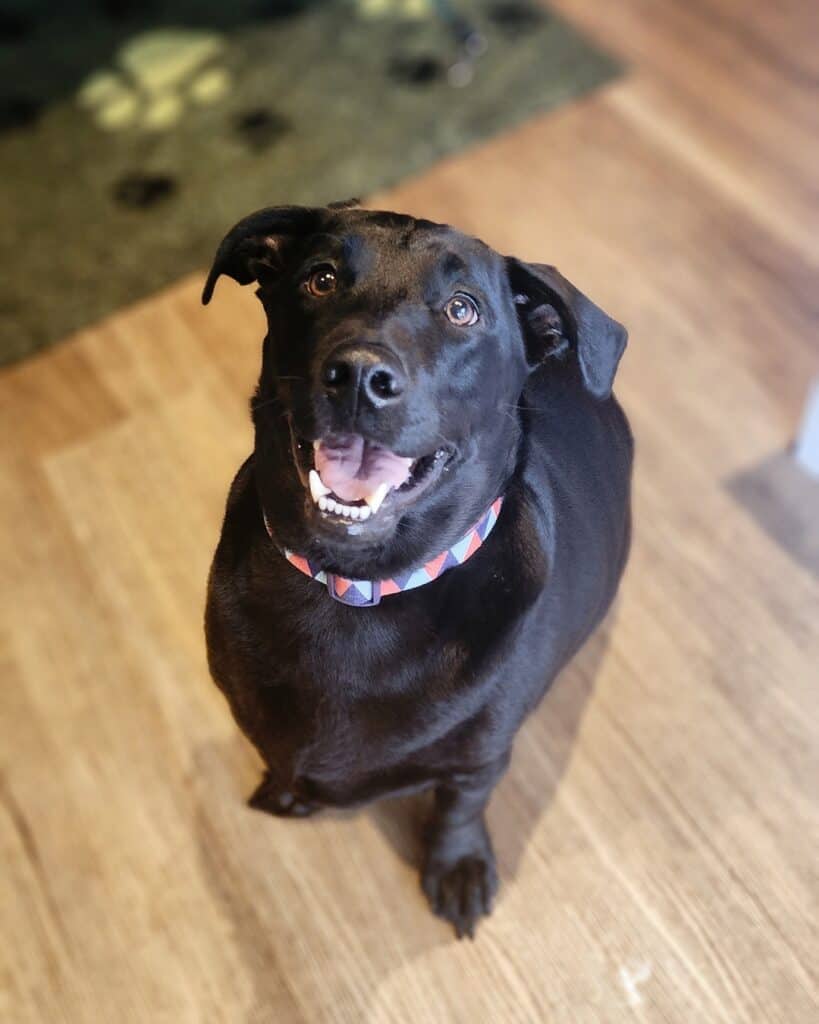
As we kick off the new year, one of the most common resolutions we’re often thinking about is how we can lose those Christmas kilos and be a healthier version of ourselves.
But, have you ever taken the time to think about how this applies to your dog as well?
Maybe you’ve both put on weight together with those bad dietary habits that crept in over the Christmas holidays, perhaps one of you is injured and can’t exercise like you normally do, or it could be that your dog has been ageing, and before you know it they’re not as active as they once were.
Whatever the reason is, it’s important to remember that a healthy weight is crucial for your dog’s overall health and well-being.
To help your dog achieve their weight loss goals this year, here are a few new year’s resolutions to consider:
As responsible pet owners, it’s our duty to look after our dog’s health as best we can. By incorporating these new year’s resolutions into your dog’s routine, you’ll be taking a significant step towards improving their overall health and well-being.